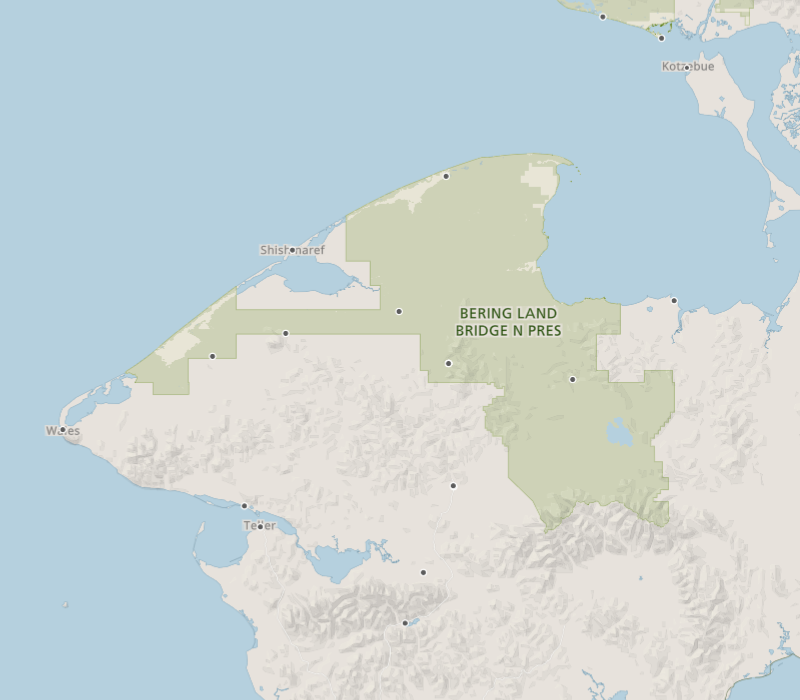
USGS Investigators: Michael Carey
NPS Investigators: Jonathan O'Donnell
| 2019 | 2020 | 2021 |
|---|---|---|
| $99,960 | $99,420 | $99,500 |
NPS Park: Arctic Inventory & Monitoring Network ( Bering Land Bridge NPres , Cape Krusenstern NM , Gates of the Arctic NP & Pres , Kobuk Valley NP , Noatak NPres )
USGS Center: Alaska Science Center
States: AK
Landscape change in the Arctic has altered the historical range and distribution of terrestrial mammals, including moose and snowshoe hares, which have moved northward into tundra ecosystems during the 20th century. Recent field and remote sensing observations indicate that beavers (Castor canadensis) have also expanded their range from boreal forest to tundra ecosystems.
Beavers represent a novel disturbance to stream ecosystems in National Park Service (NPS) units of arctic Alaska, which is of great concern to local subsistence users and NPS managers.
This project will:
